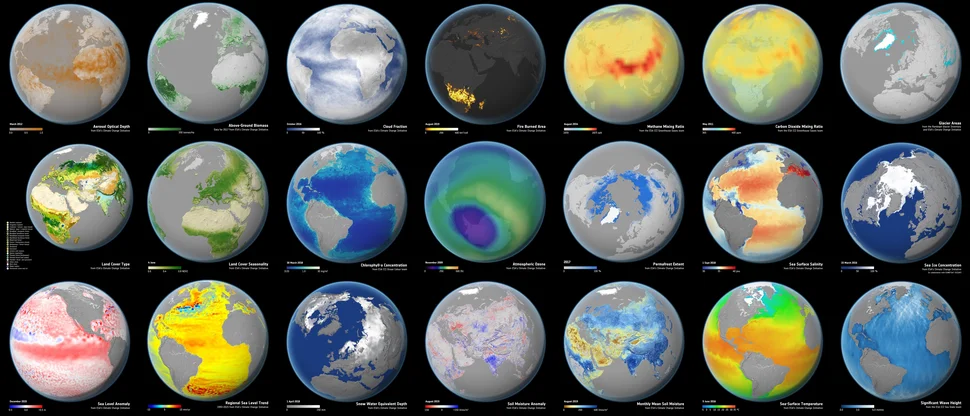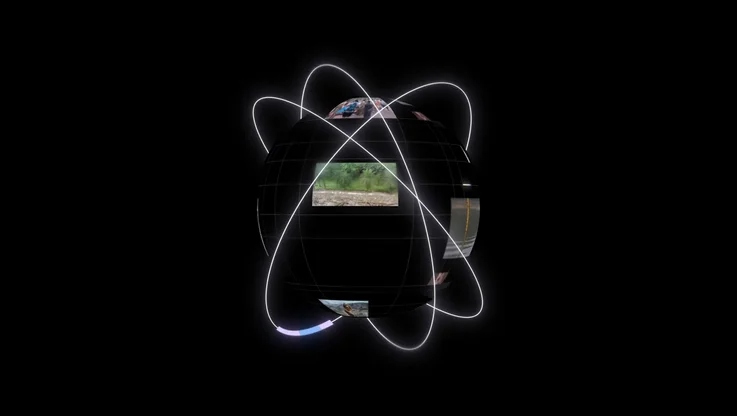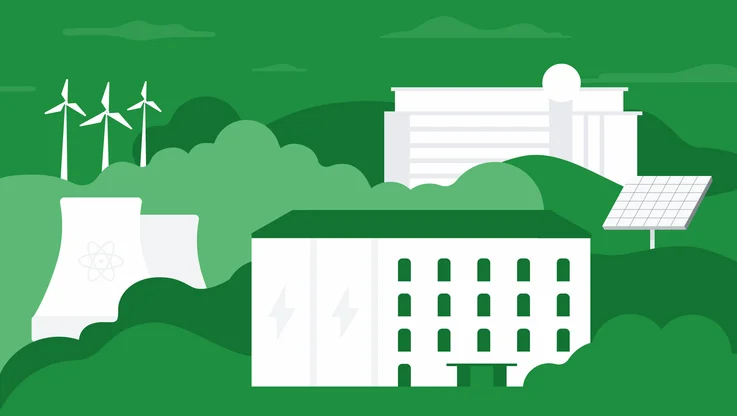Exploring strategies to decarbonize electricity
Climate change is one of the greatest challenges of our time, and the way we generate and use electricity now is a major contributor to that issue. To solve it, we need to find a way to eliminate the carbon emissions associated with our electricity as quickly and as cheaply as possible.
Many analysts have come up with a number of possible solutions: renewable energy plus increased energy storage capacity, nuclear power, carbon capture and sequestration from fossil fuels, or a mixture of these. But we realized that the different answers came from different assumptions that people were making about what combination of those technologies and policies would lead to a positive change.
To help our team understand these dynamics, we created a tool that allows us to quickly see how different assumptions—wind, solar, coal, nuclear, for example—affect the future cost to generate electricity and the amount of carbon dioxide emitted.
We created a simplified model of the electrical grid, where demand is always fulfilled at least cost. By “least cost,” we mean the cost of constructing and maintaining power plants, and generating electricity (with fuel, if required). For a given set of assumptions, the model determines the amount of generation capacity to build and when to turn on which type of generator. Our model is similar to others proposed in other research, but we’ve simplified the model to make it run fast.
We then ran the model hundreds of thousands of times with different assumptions, using our computing infrastructure. We gather all of the runs of the model and present them in a simple web page. Anyone —from students to energy policy wonks—can try different assumptions and see how those assumptions will affect the cost and CO2. The web UI is available for you to try: you can explore the how utilities decide to dispatch their generation capacity, then can test different assumptions. Finally, you can compare different assumptions and share them with others.

We’ve written up the technical details of the model in this paper. In case you want to change the assumptions in the model, we are also releasing the code on Github. The paper shows how the cost of generation technologies change as a function of the fraction of demand that they fulfill. The paper also discusses the limitations and validity of the model.
One interesting conclusion of the paper: if we can find a zero-carbon, 24x7 electricity source that costs about $2200/kW to build, it can displace carbon emission from the electricity grid in less than 27 years. We hope that the tool and the paper help people understand their assumptions about the future of electricity, and stimulate research into climate and energy.






